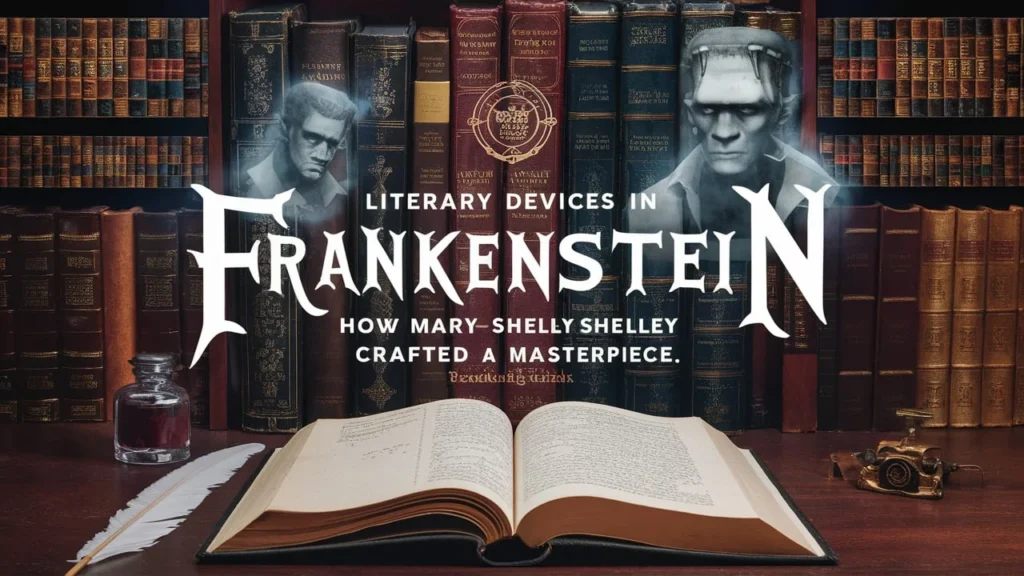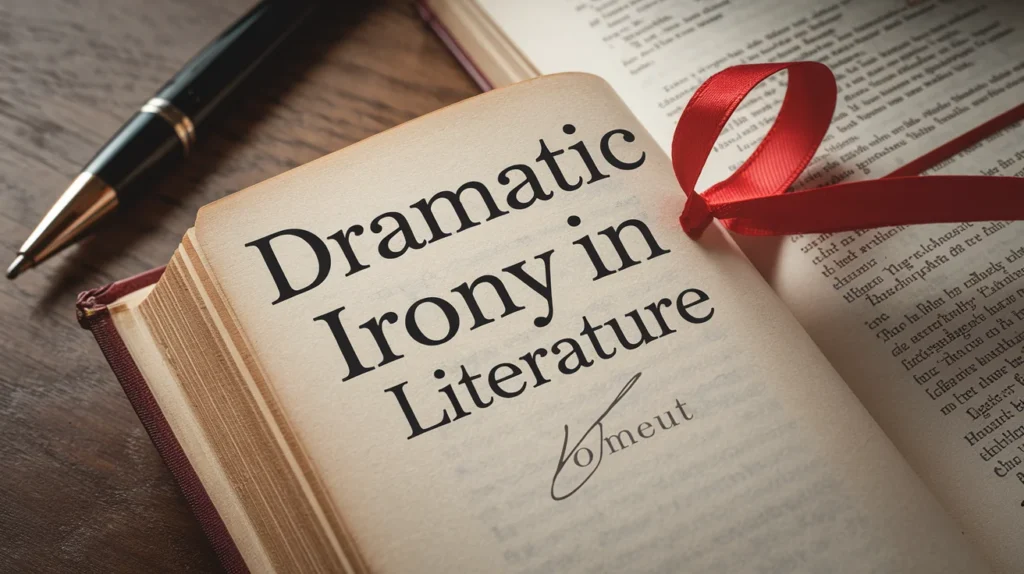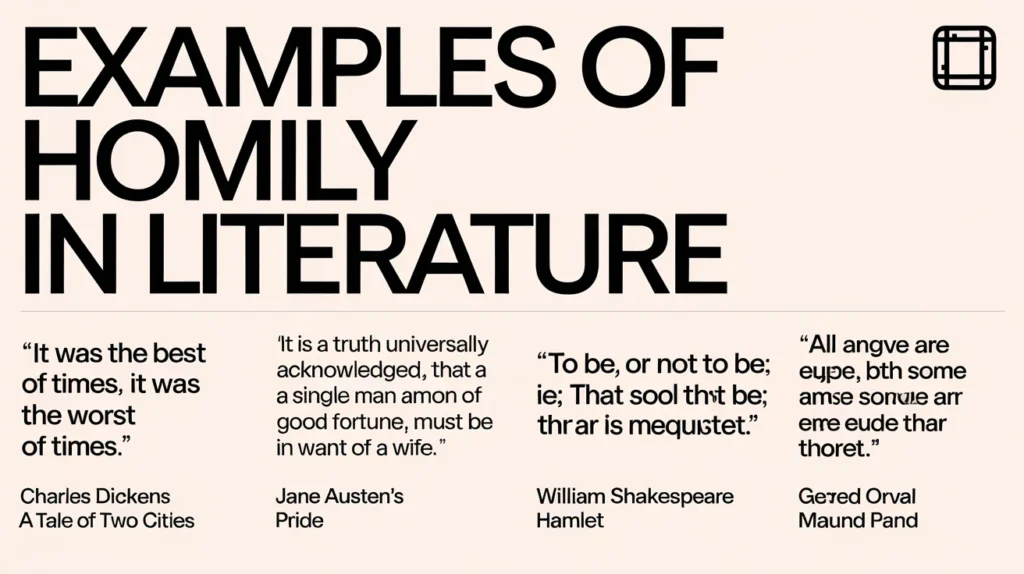Mary Shelley’s Frankenstein isn’t just a classic Gothic novel—it’s a groundbreaking work of literature that continues to captivate readers over 200 years after its publication. One of the reasons for its enduring appeal is Shelley’s masterful use of literary devices. From vivid imagery to intricate symbolism, Shelley’s techniques elevate the story, making it a rich, multi-layered exploration of humanity, ambition, and morality.
In this blog post, we’ll dive deep into the literary devices in Frankenstein, exploring how they contribute to the novel’s themes, characters, and emotional impact. Whether you’re a student, a literature enthusiast, or simply curious about Shelley’s genius, this guide will give you a fresh perspective on this timeless classic.
Why Frankenstein’s Literary Genius Endures
When Mary Shelley wrote Frankenstein at just 18 years old, she couldn’t have known that her story would become one of the most influential works in literary history. Published in 1818, the novel broke new ground by blending Gothic horror with philosophical inquiry, creating a tale that’s as thought-provoking as it is chilling.
But what makes Frankenstein truly stand out is Shelley’s use of literary devices. These techniques—like imagery, symbolism, and foreshadowing—aren’t just decorative; they’re essential to the story’s power. They help convey the novel’s themes, deepen its emotional resonance, and keep readers hooked from the first page to the last.
In this article, we’ll explore how Shelley uses these devices to craft a story that’s both entertaining and profound. Let’s start with a quick summary of the novel to set the stage.
A Quick Summary of Frankenstein (Without Spoiling the Magic)
Frankenstein tells the story of Victor Frankenstein, a young scientist who becomes obsessed with creating life. Using his knowledge of chemistry and anatomy, Victor succeeds in bringing a creature to life—but he’s horrified by what he’s made. The Creature, abandoned by his creator, struggles to find his place in the world.
The novel unfolds through a frame narrative, beginning with letters from Robert Walton, an explorer who rescues Victor in the Arctic. Victor then tells Walton his tragic story, which includes the Creature’s own account of his experiences. This layered storytelling adds depth and complexity to the novel, making it more than just a simple horror story.
Key Themes in Frankenstein: The Heart of the Story
Shelley’s novel explores several themes that are as relevant today as they were in the 19th century. These themes are brought to life through her use of literary devices, which we’ll explore in detail later.
Danger of Ambition
Victor’s relentless pursuit of knowledge leads to his downfall. His ambition blinds him to the ethical implications of his actions, and he pays a heavy price for playing God.
Isolation and Loneliness
Both Victor and the Creature experience profound isolation. Victor isolates himself from his family and friends to focus on his experiments, while the Creature is rejected by society because of his appearance.
Nature vs. Nurture
The Creature’s actions raise questions about whether evil is innate or a product of environment and upbringing. Shelley leaves this question open, inviting readers to draw their own conclusions.
The Sublime Power of Nature
Nature plays a dual role in the novel. It’s a source of comfort and inspiration for Victor, but it’s also a force of destruction, reflecting the novel’s darker themes.
Ethics of Creation
Frankenstein forces readers to confront the moral implications of scientific advancement. Victor’s experiments raise questions about the limits of human knowledge and the responsibilities that come with creation.
Unpacking the Characters: More Than Meets the Eye
The characters in Frankenstein are complex and multi-dimensional, each contributing to the novel’s themes in unique ways.
Victor Frankenstein
Victor is a classic tragic hero. His intelligence and ambition are admirable, but his hubris and lack of foresight lead to his downfall. He’s a cautionary tale about the dangers of unchecked ambition.
The Creature
The Creature is one of literature’s most misunderstood figures. Despite his monstrous appearance, he’s capable of deep emotion and thought. His rejection by society drives him to violence, raising questions about the nature of evil.
Elizabeth Lavenza
Elizabeth is Victor’s adopted sister and later his wife. She represents innocence and domesticity, but her tragic fate underscores the novel’s darker themes.
Henry Clerval
Henry is Victor’s best friend and a foil to Victor’s ambition. His cheerful, optimistic nature contrasts with Victor’s brooding personality.
Robert Walton
Walton is the novel’s framing narrator. Like Victor, he’s driven by ambition, but he ultimately learns from Victor’s mistakes.
Literary Devices in Frankenstein: How Shelley Masterfully Crafts Her Story
Now, let’s dive into the literary devices that make Frankenstein such a rich and engaging read.
Imagery
Shelley uses vivid imagery to create a sense of atmosphere and evoke emotion. For example:
- The icy landscapes of the Arctic reflect Victor’s isolation and despair.
- The Creature’s appearance is described in grotesque detail, emphasizing his otherness.
Symbolism
Symbols add layers of meaning to the story. Key examples include:
- Light and fire: Represent knowledge and destruction. Victor’s experiments are fueled by his desire to uncover the “spark of life,” but this knowledge leads to tragedy.
- The Creature: Symbolizes the consequences of abandonment and societal rejection.
Foreshadowing
Shelley uses foreshadowing to build suspense and hint at the novel’s tragic ending. For example:
- Victor’s early obsession with alchemy foreshadows his later experiments.
- Walton’s letters hint at the dangers of unchecked ambition.
Frame Narrative
The novel’s structure—beginning with Walton’s letters, then shifting to Victor’s story, and finally including the Creature’s perspective—adds depth and complexity. It allows readers to see the story from multiple viewpoints.
Pathetic Fallacy
Shelley often uses nature to reflect characters’ emotions. For example:
- Storms and lightning accompany moments of turmoil and revelation.
- The serene beauty of the Alps contrasts with Victor’s inner turmoil.
Epistolary Form
The use of letters creates a sense of intimacy and authenticity. Walton’s letters to his sister frame the novel, drawing readers into the story.
Why These Literary Devices Matter: The Bigger Picture
Shelley’s use of literary devices isn’t just about making the story more engaging—it’s about deepening its themes and emotional impact. By using techniques like imagery, symbolism, and foreshadowing, Shelley transforms Frankenstein from a simple horror story into a profound exploration of human nature.
Conclusion: Frankenstein’s Timeless Literary Brilliance
Mary Shelley’s Frankenstein is a masterpiece not just because of its gripping plot, but because of its literary brilliance. Through her innovative use of literary devices, Shelley creates a story that’s as thought-provoking as it is entertaining.
So, the next time you read Frankenstein, take a moment to appreciate the craftsmanship behind the story. Notice the imagery, the symbolism, the foreshadowing—and see how they come together to create a novel that continues to resonate with readers today.
What do you think makes Frankenstein such a timeless classic? Let us know in the comments below!


